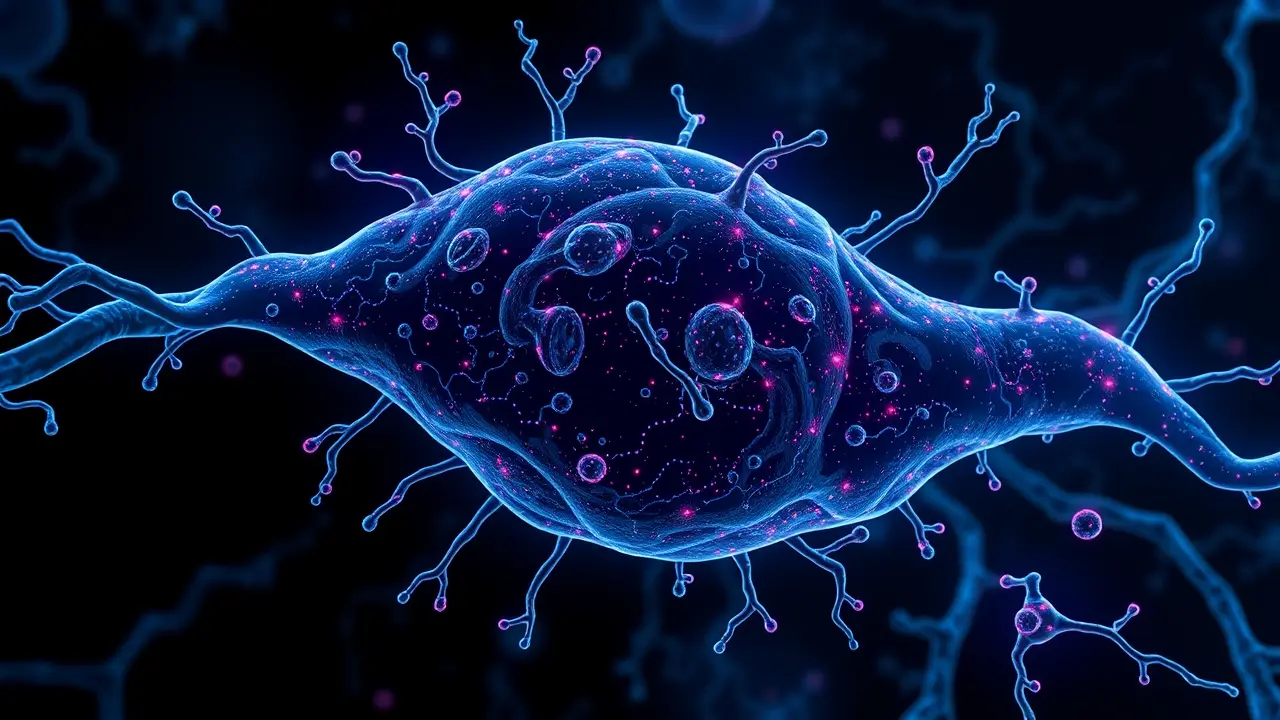A hidden “backup heater” that helps burn fat and boost metabolism
In a discovery that feels ripped from the pages of a near-future medical thriller, a team of scientists has pulled back the curtain on a clandestine biological system operating deep within our fat tissue—a veritable 'backup heater' that supercharges our metabolism. This isn't science fiction; it's a paradigm shift in our understanding of human physiology, revealing that our brown adipose tissue, long celebrated for its role in non-shivering thermogenesis, possesses a sophisticated secondary activation pathway that can be engaged to incinerate calories with remarkable efficiency, even in a state of complete physical rest.The research, conducted primarily on murine models, has identified a specific molecular switch, a G-protein-coupled receptor hitherto unassociated with thermogenic regulation, which, when triggered, initiates a cascade of cellular events that essentially turns brown fat cells into miniature metabolic furnaces. This mechanism operates independently of the primary sympathetic nervous system-driven pathway, functioning as a redundant, fail-safe system that the body can deploy under specific, yet-to-be-fully-elucidated conditions, perhaps during prolonged cold exposure or in response to certain dietary signals.Imagine the implications: we've been viewing our metabolic engine as a single-cylinder motor, when in reality, it's equipped with a turbocharger we never knew how to activate. The lead researcher on the project, Dr.Aris Theron of the Institute for Metabolic Discovery, described the finding as 'unlocking a hidden room in the house of human energy expenditure,' a room that could hold the key to addressing the global pandemics of obesity and type 2 diabetes. This goes far beyond the simplistic 'calories in, calories out' model, delving into the exquisite precision of cellular bioenergetics, where mitochondrial uncoupling proteins like UCP1 are mobilized not by a single command, but through a complex, multi-layered command structure.The potential therapeutic applications are staggering. We are now looking at a future where pharmacological interventions could be designed to flip this specific molecular switch, coaxing the body into a sustained state of elevated energy consumption without the need for exhaustive exercise or extreme calorie restriction.This is the holy grail of metabolic medicine—a controlled, internal thermogenesis. However, the path from murine models to human therapeutics is fraught with challenges; the human body's regulatory systems are infinitely more complex, and artificially manipulating such a fundamental process could have unintended consequences, such as cardiac strain or nutrient partitioning issues.The next phase of research will focus on identifying the natural ligands for this receptor and understanding its precise role in human energy homeostasis across different demographics and metabolic health statuses. This discovery also forces a re-evaluation of previous studies on cold exposure and diet-induced thermogenesis; perhaps the benefits observed were not solely due to the primary pathway but were significantly amplified by this covert secondary system.It adds a new layer of complexity to the burgeoning field of 'metabolic flexibility,' suggesting that a healthy metabolism is not just about efficient energy use but also about possessing a robust and accessible arsenal of energy-expending mechanisms. As we stand on the precipice of this new era in biotech, the work represents a powerful convergence of molecular biology, systems physiology, and translational medicine, promising a future where our own fat could be recruited as a powerful ally in the fight for metabolic health.
It’s quiet here...Start the conversation by leaving the first comment.
© 2025 Outpoll Service LTD. All rights reserved.
